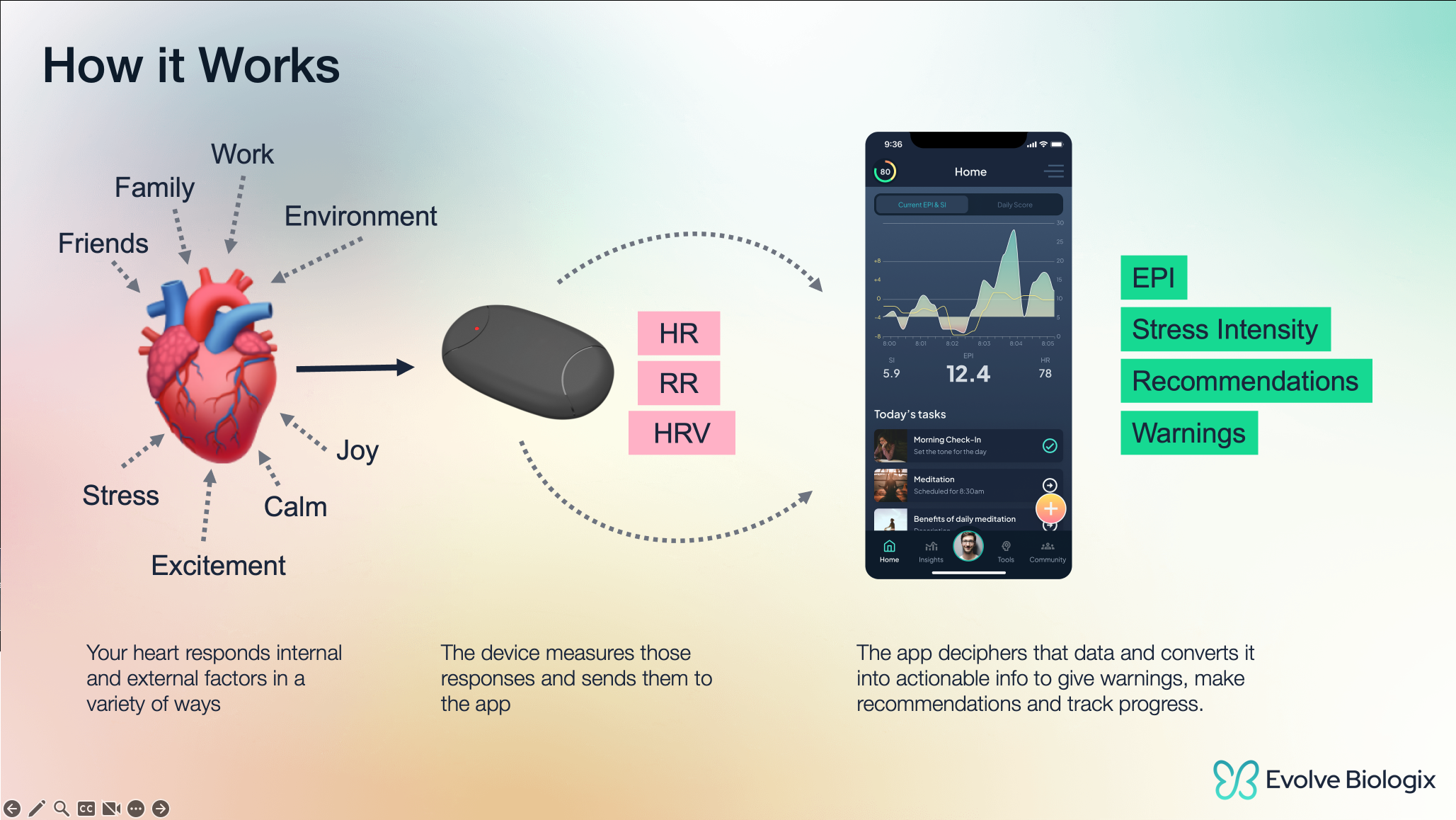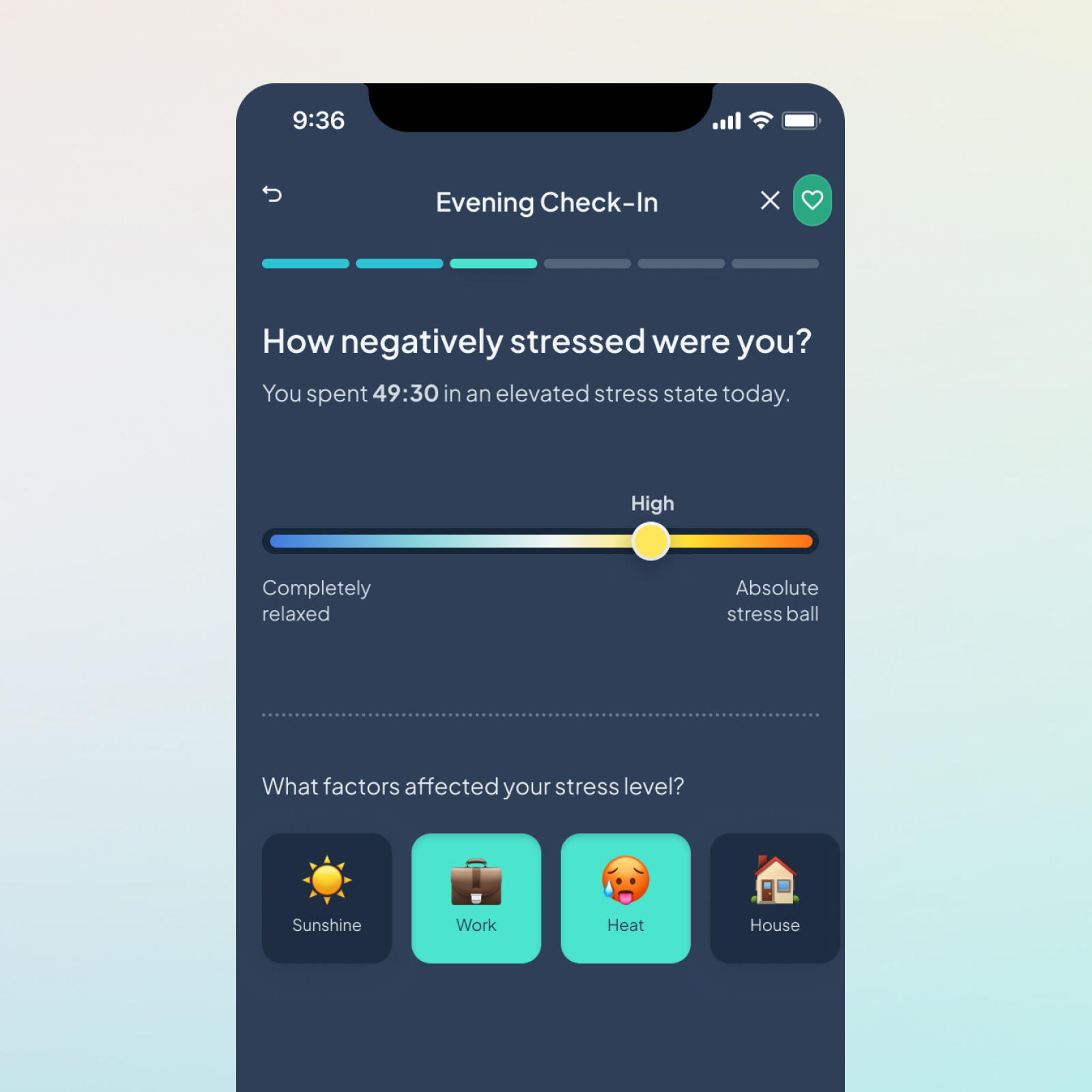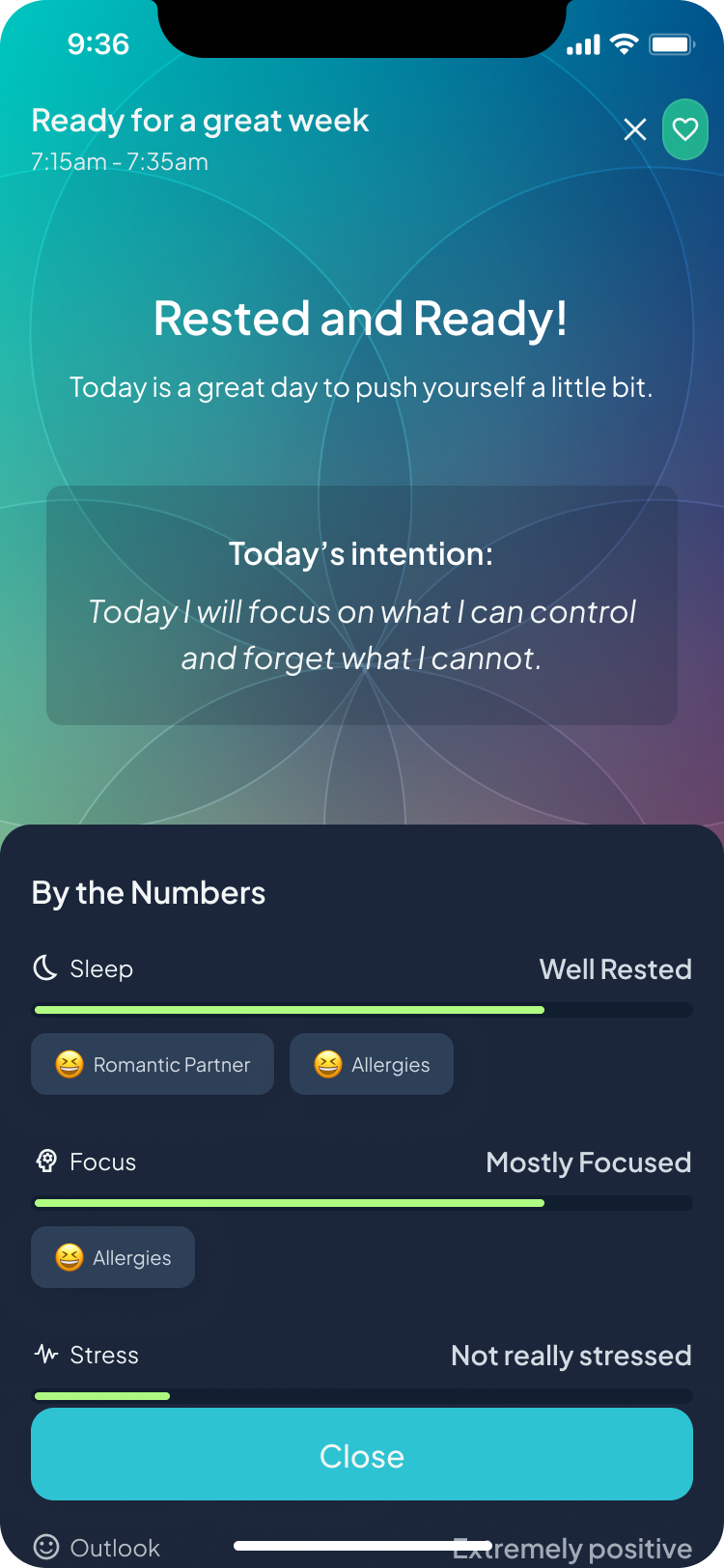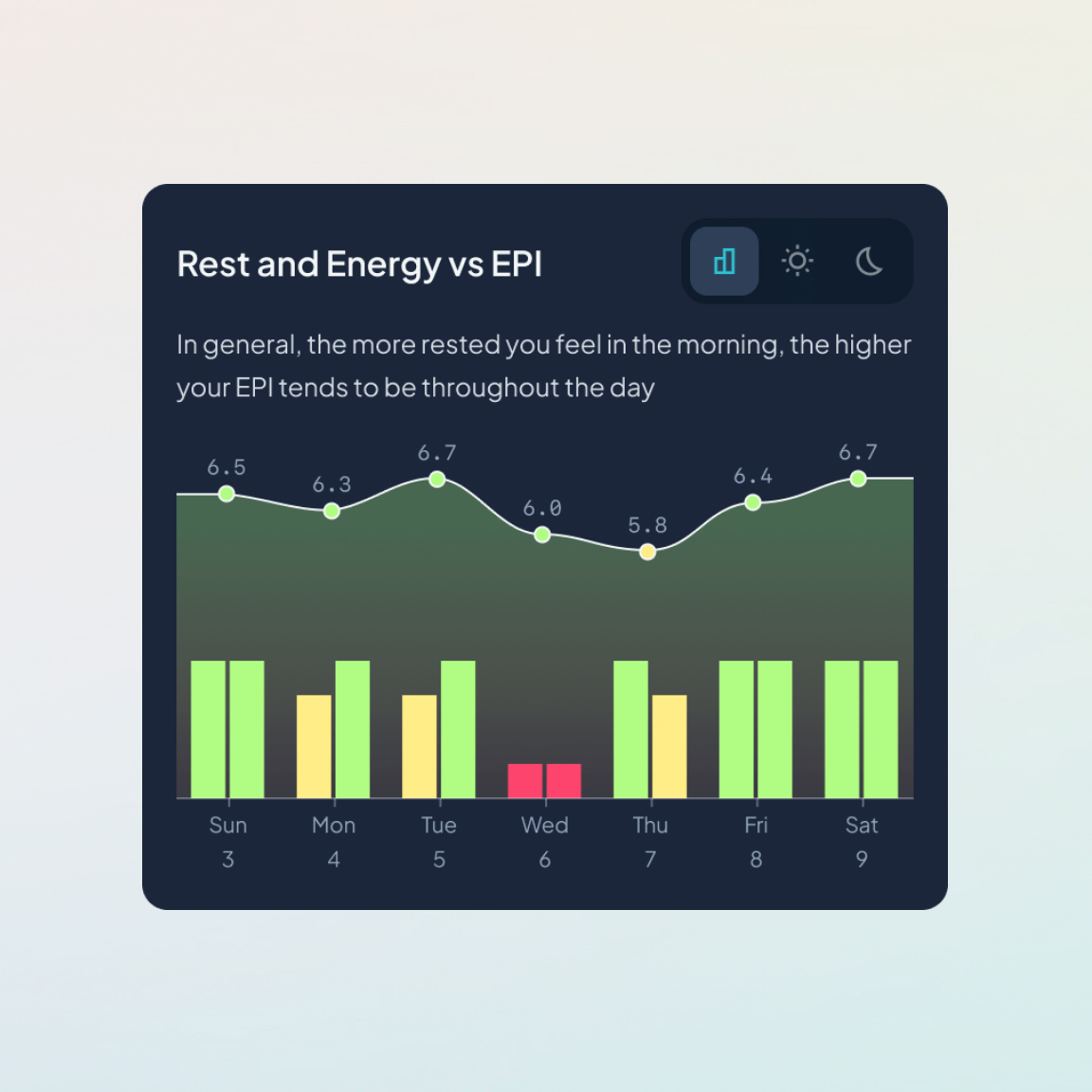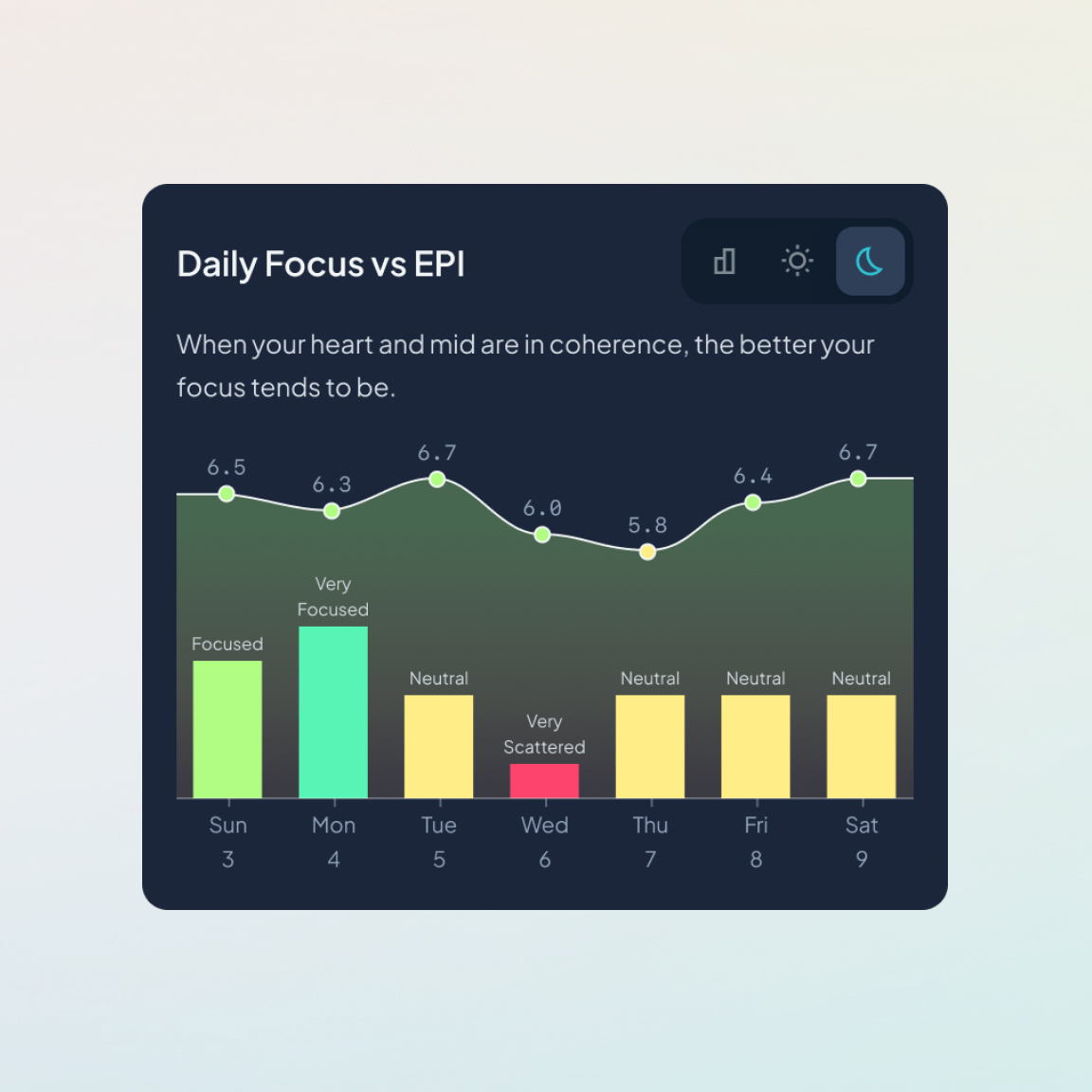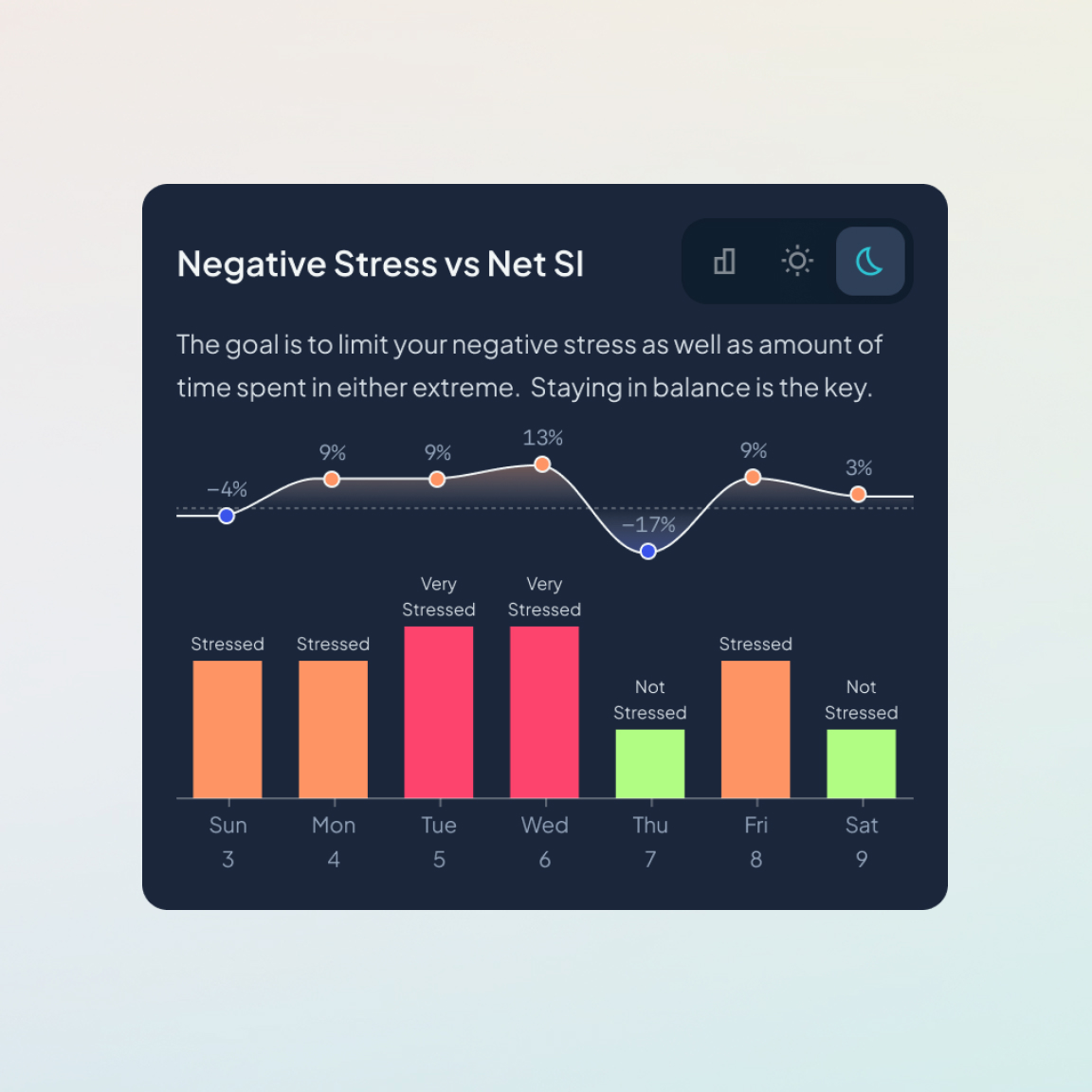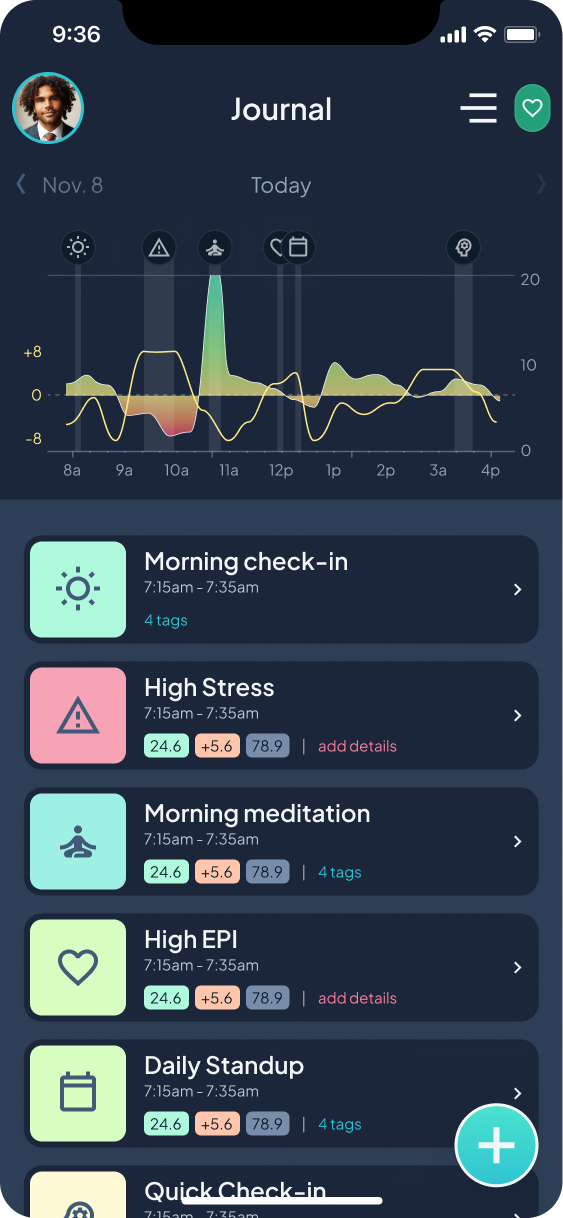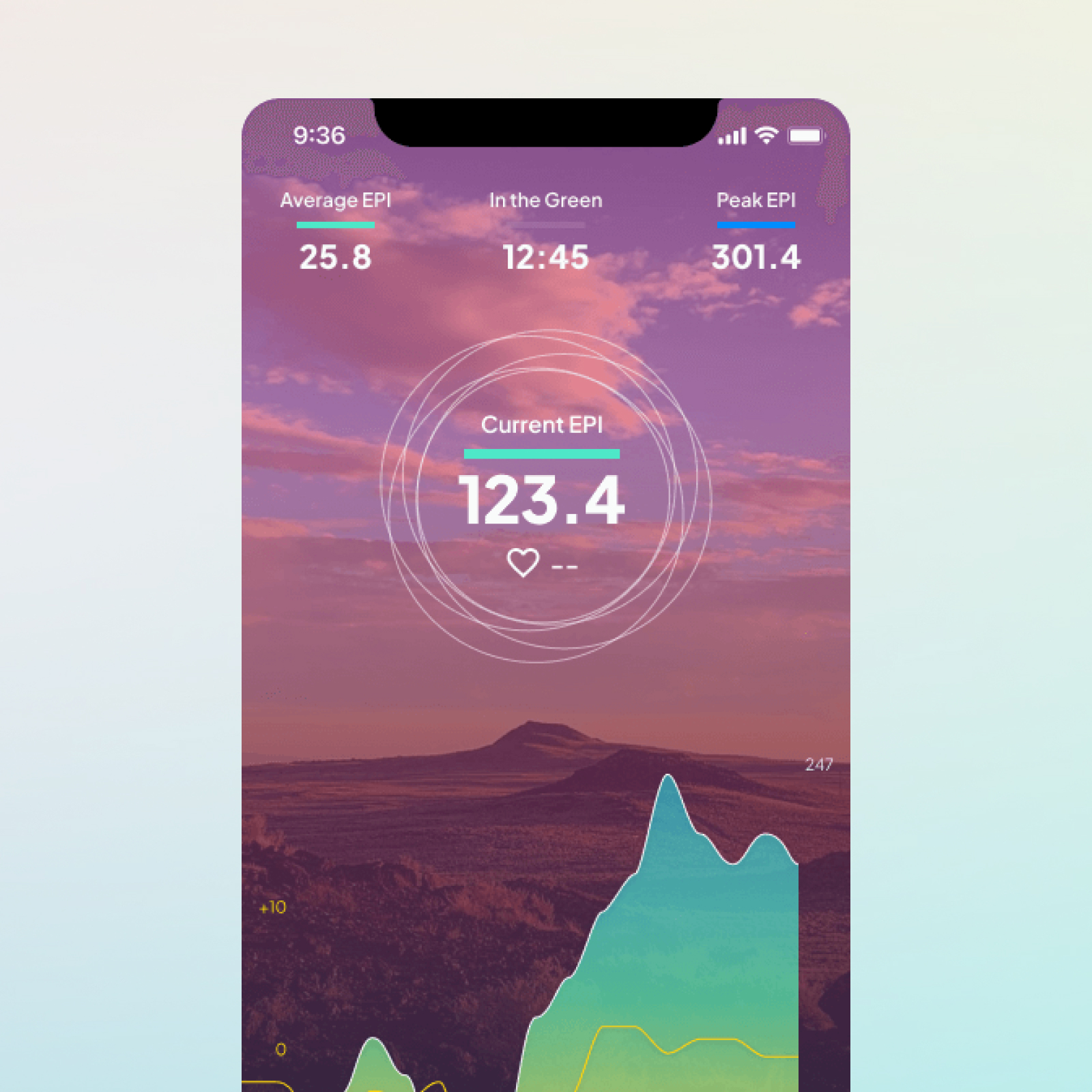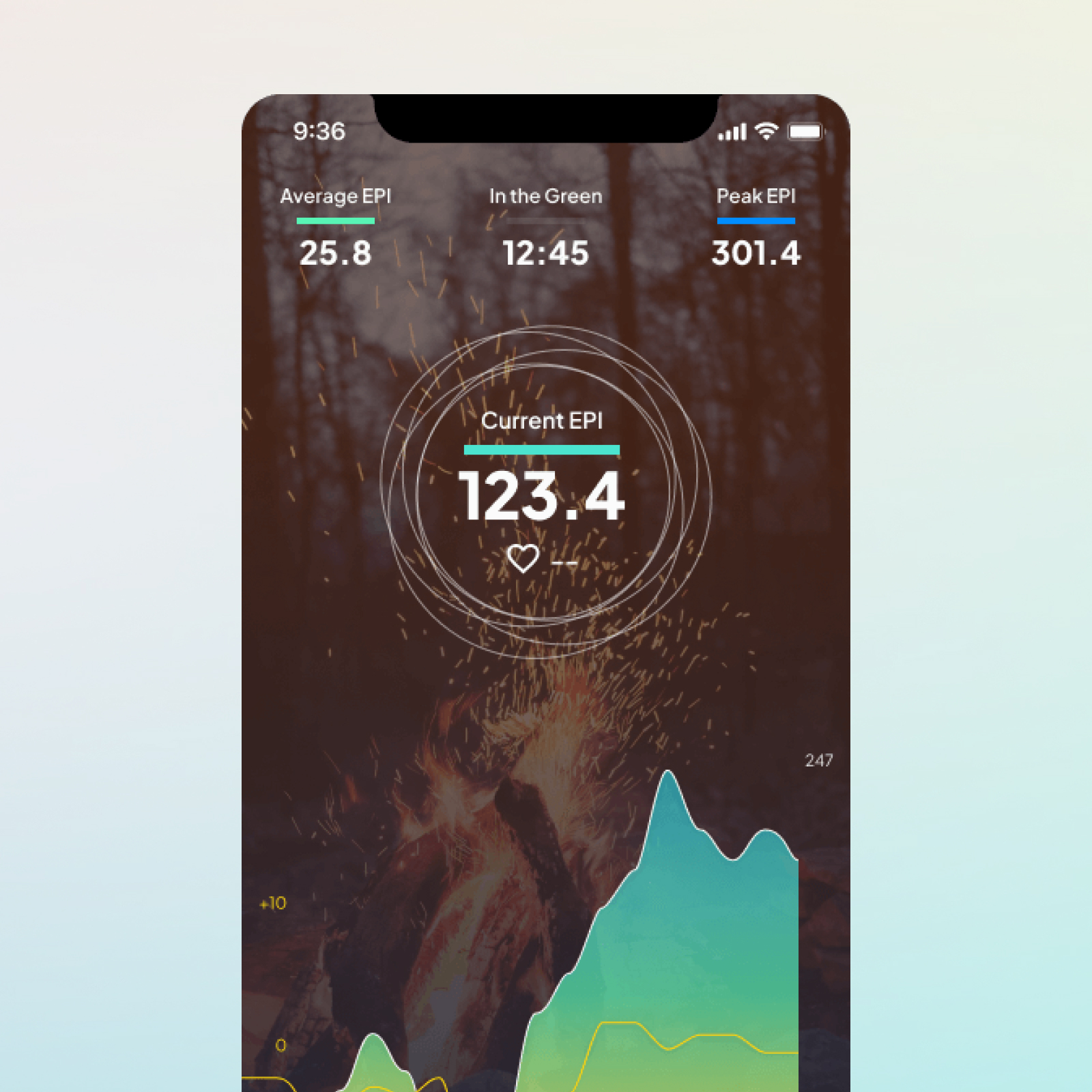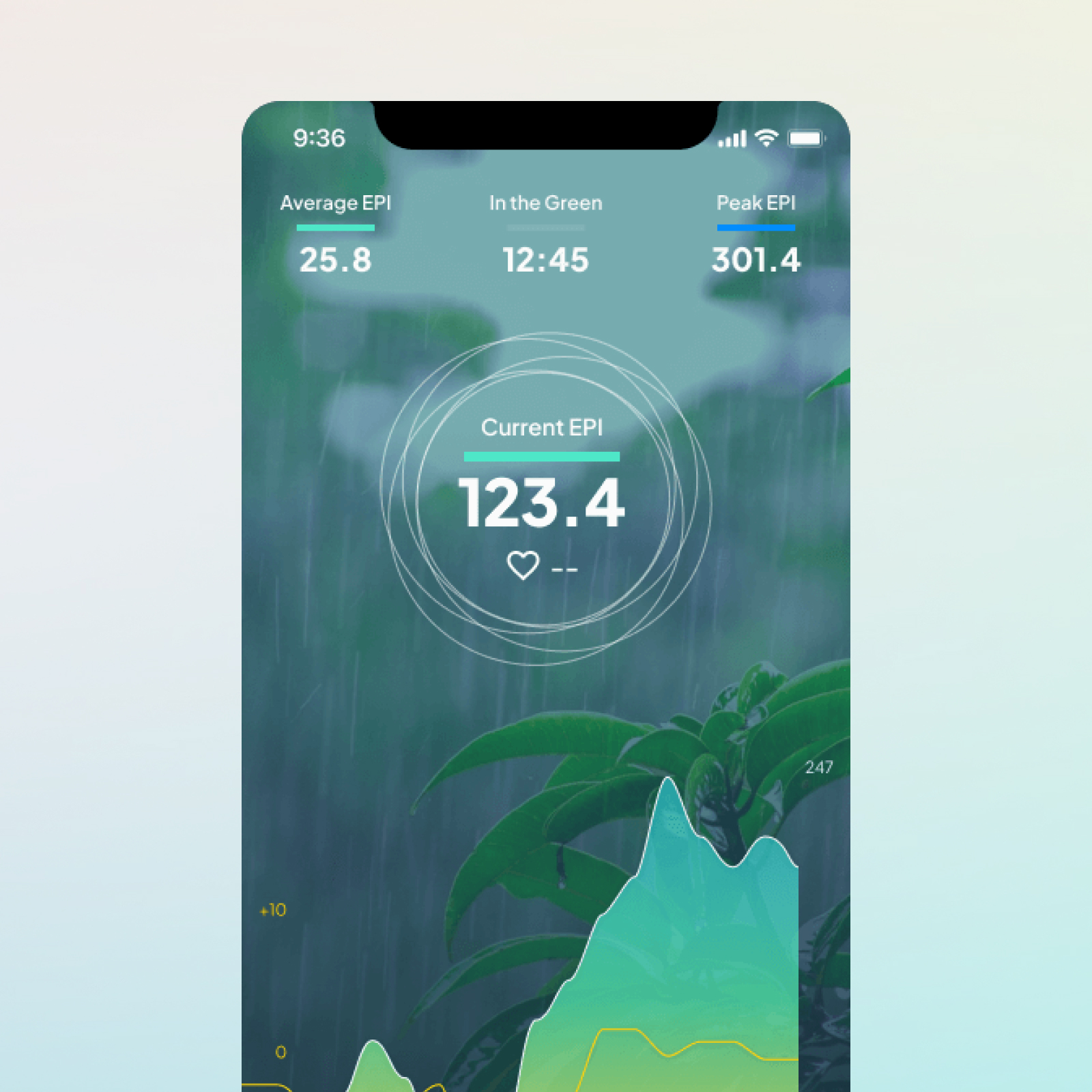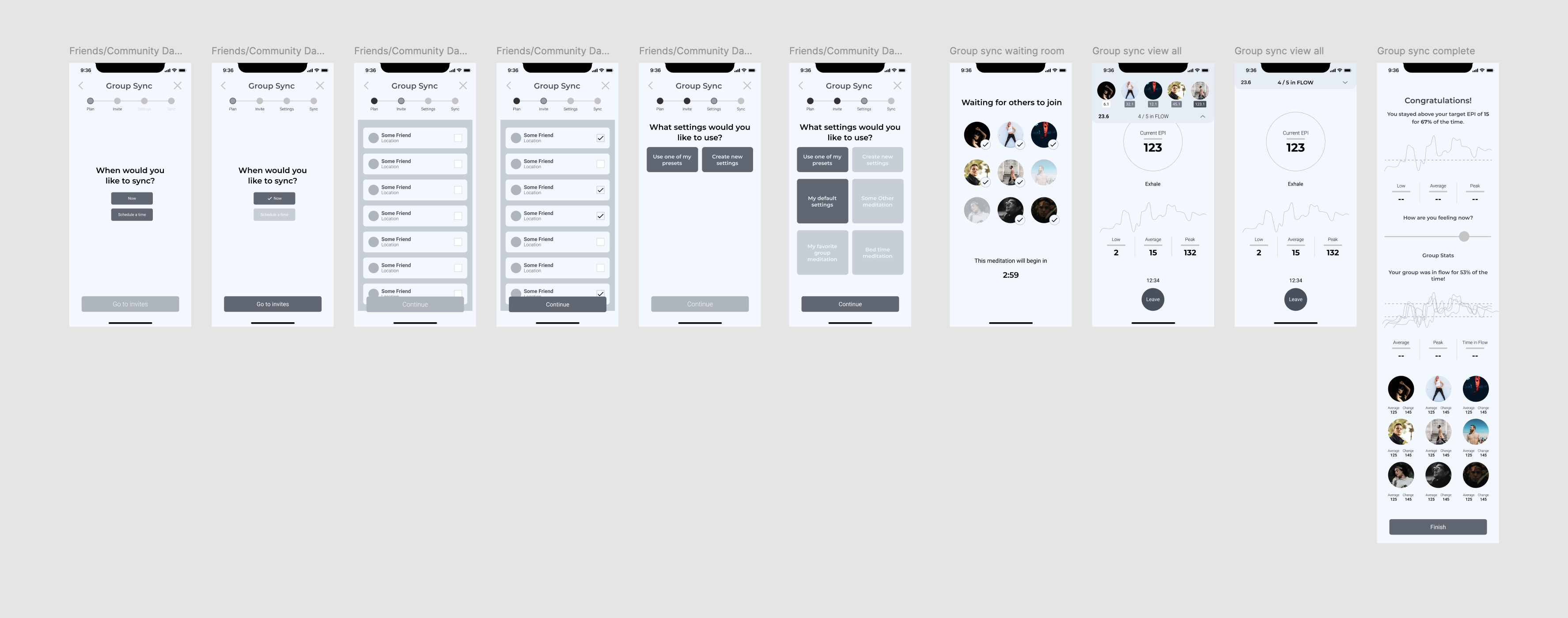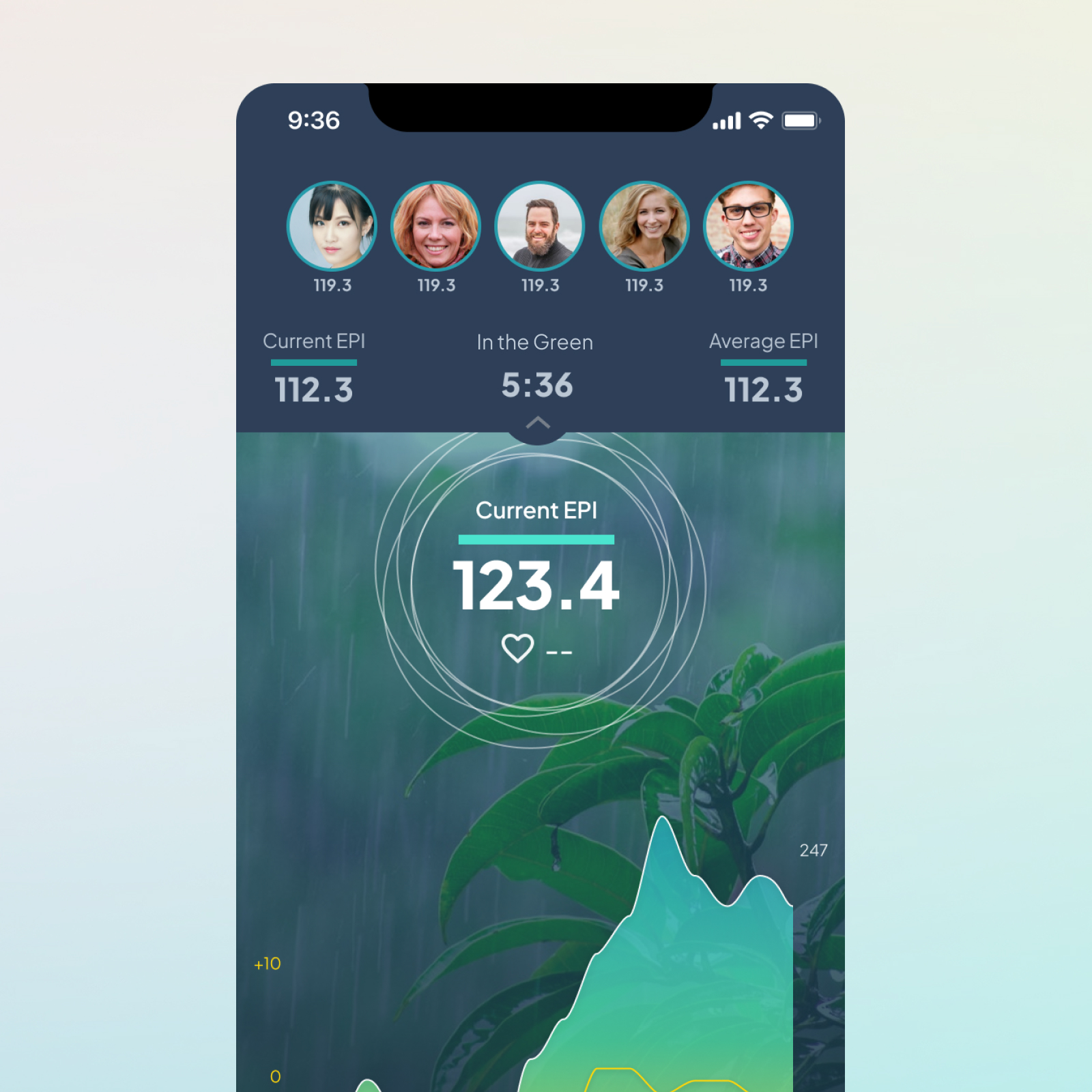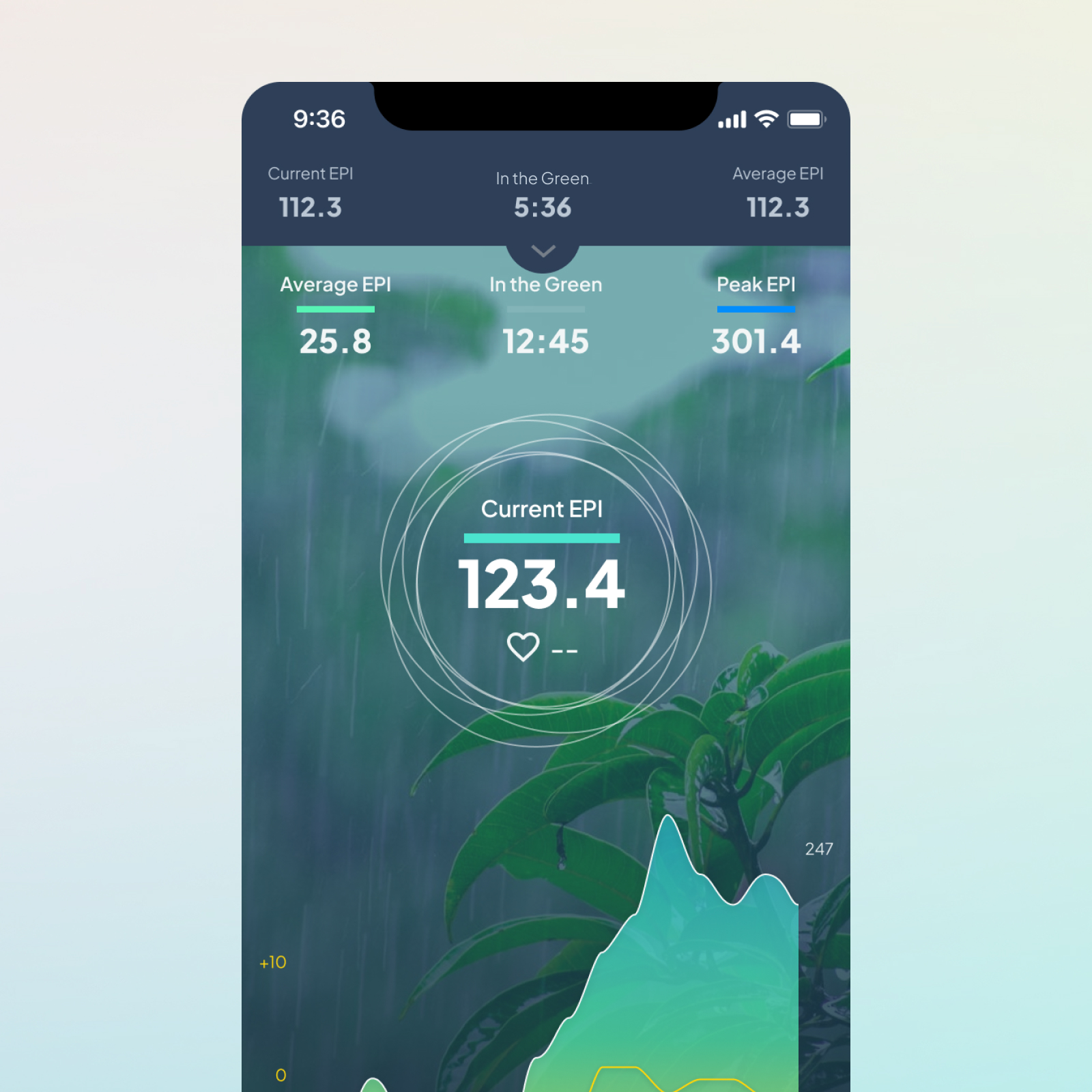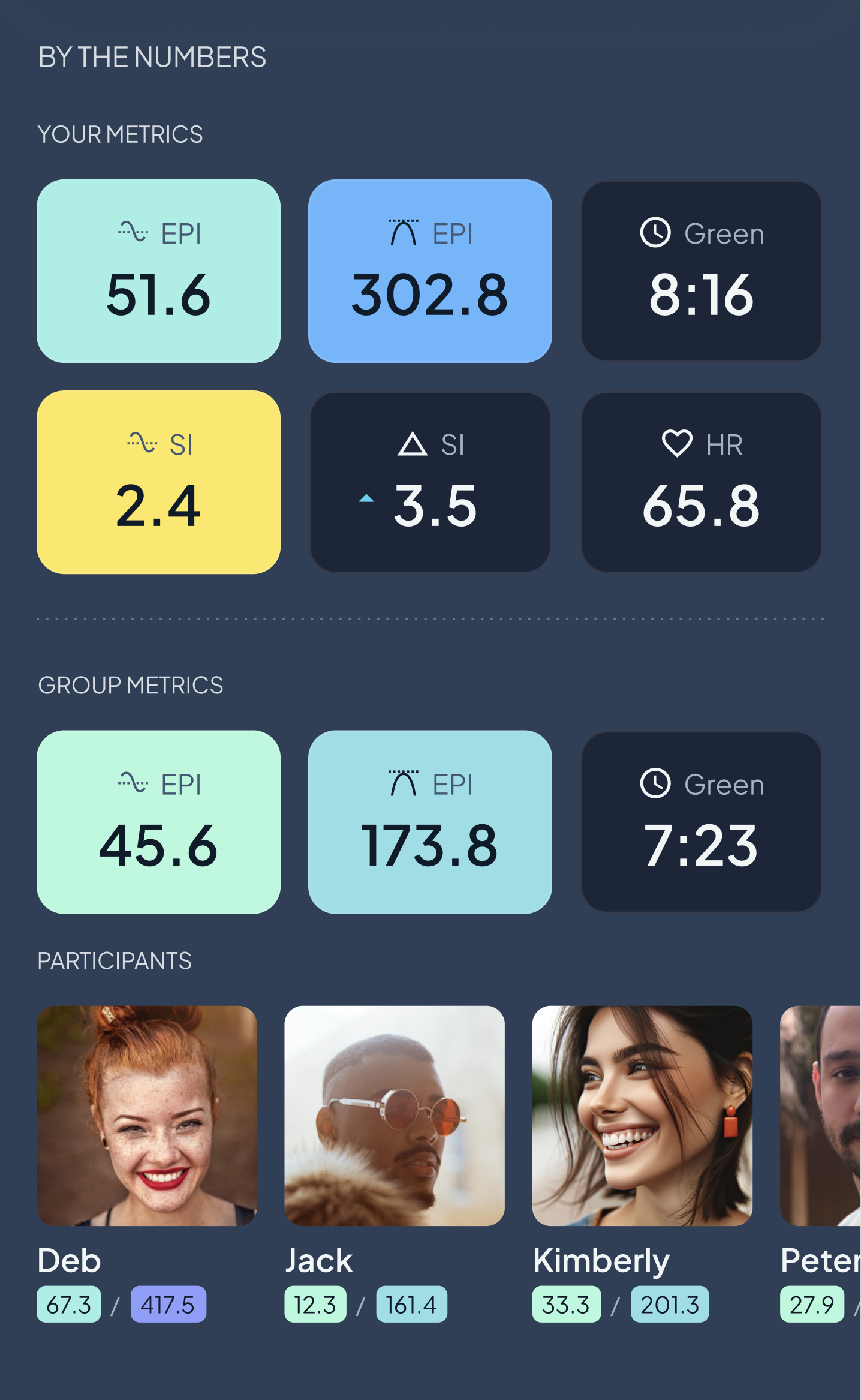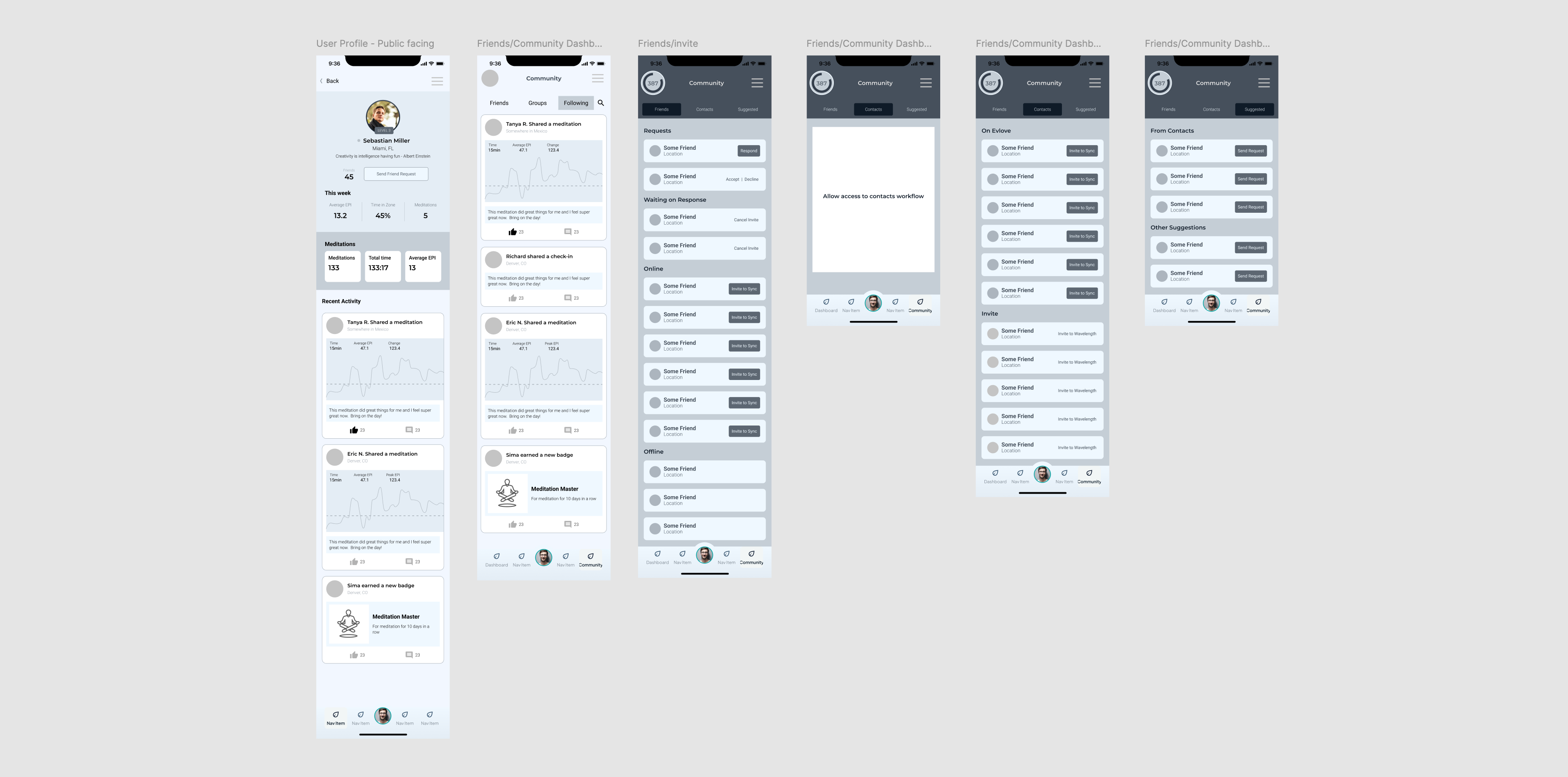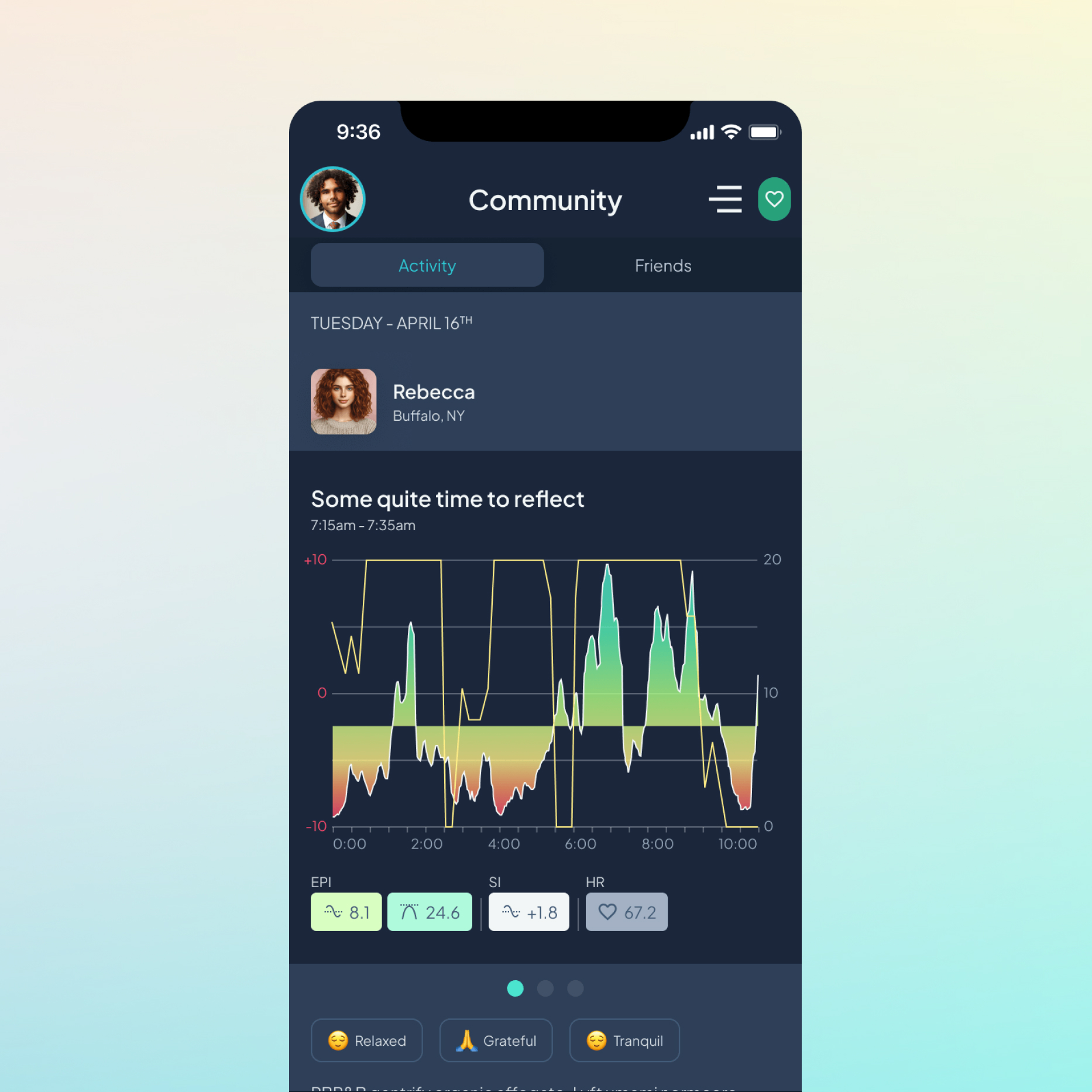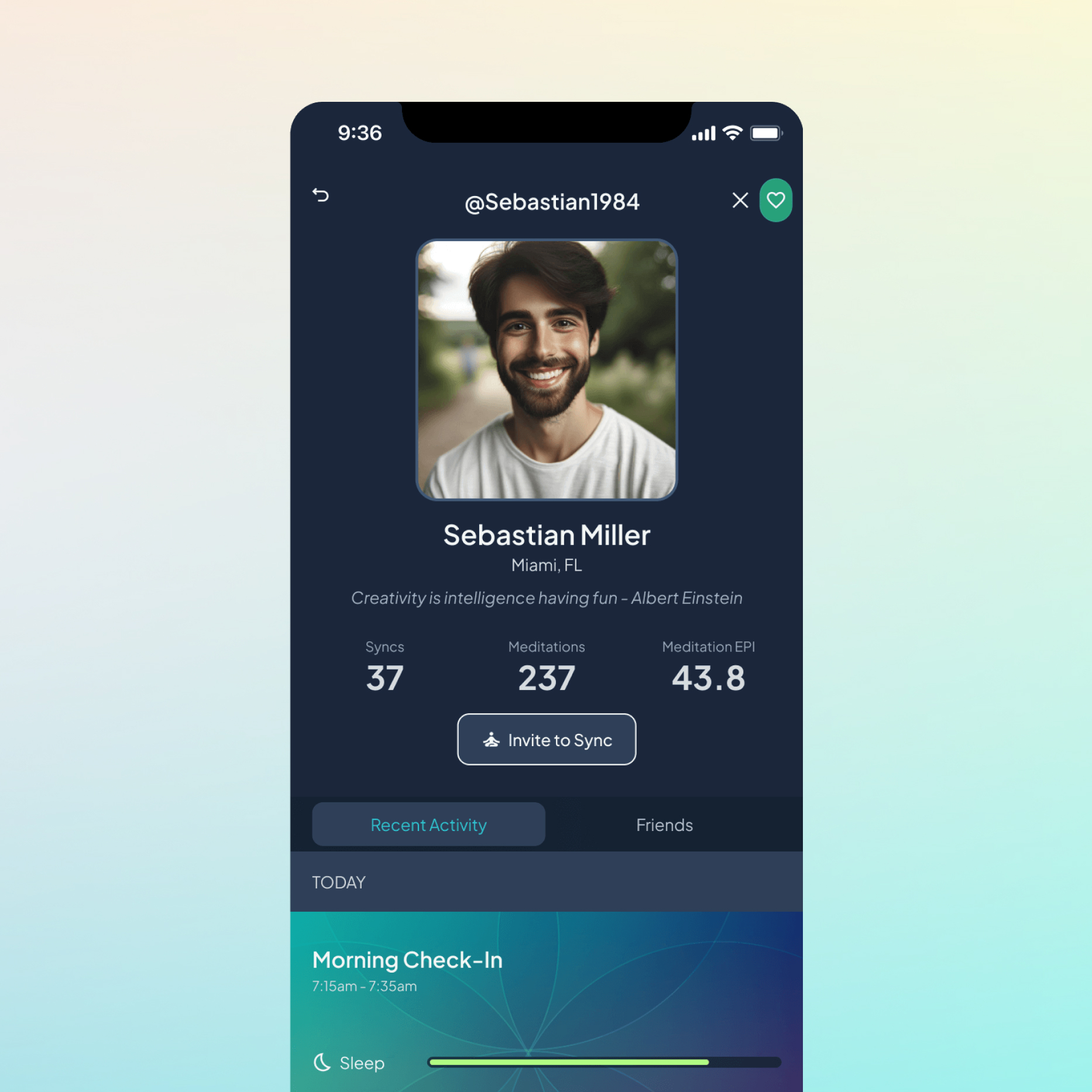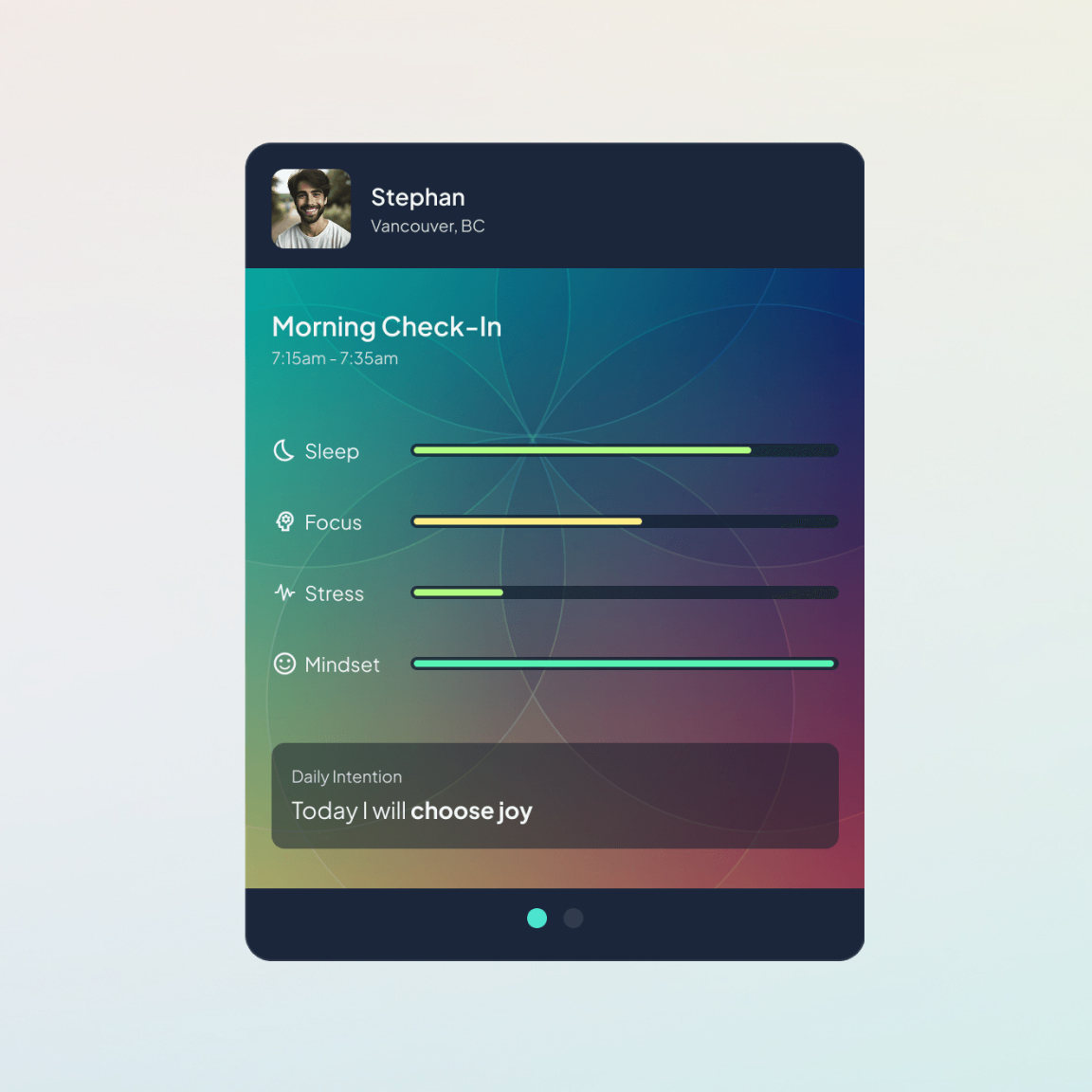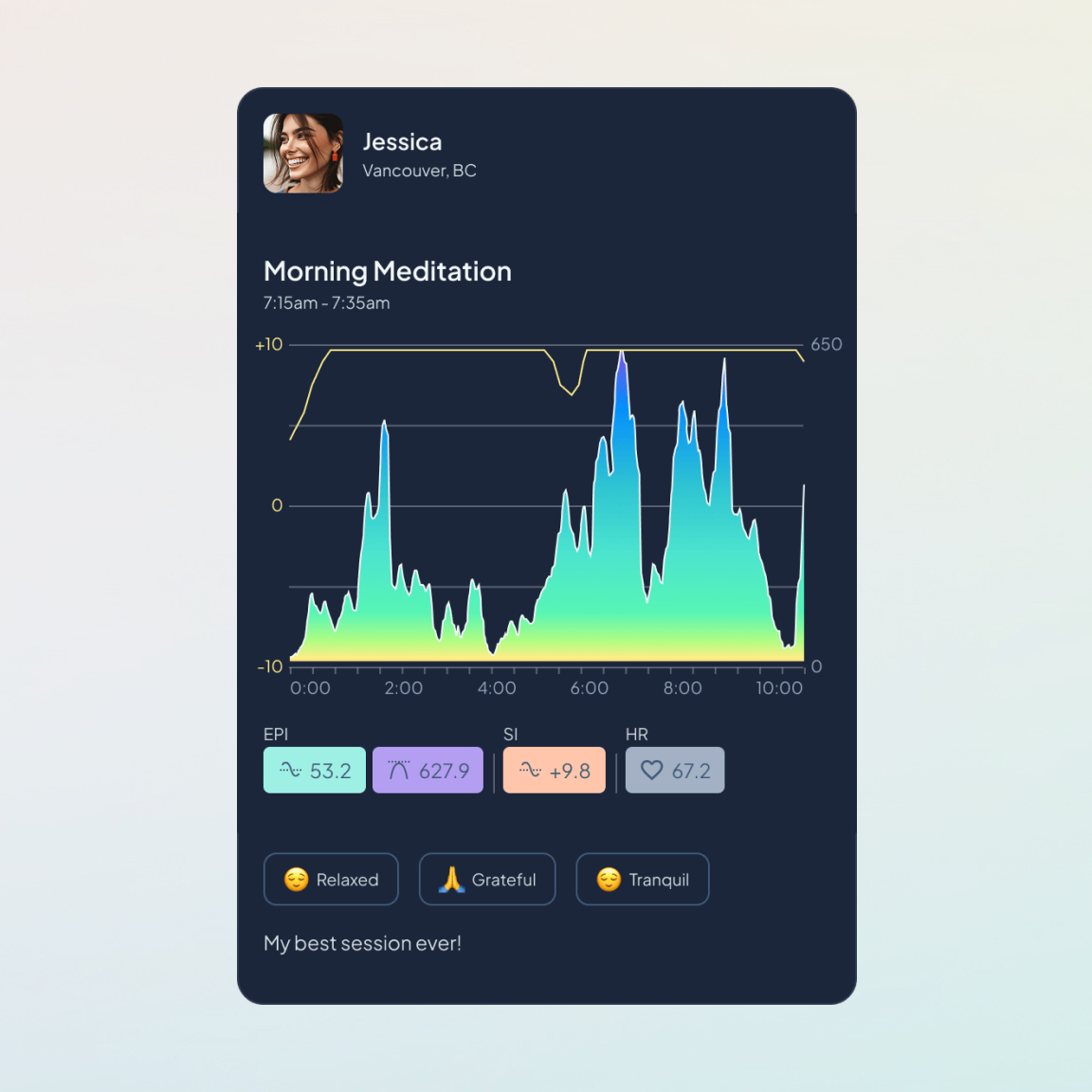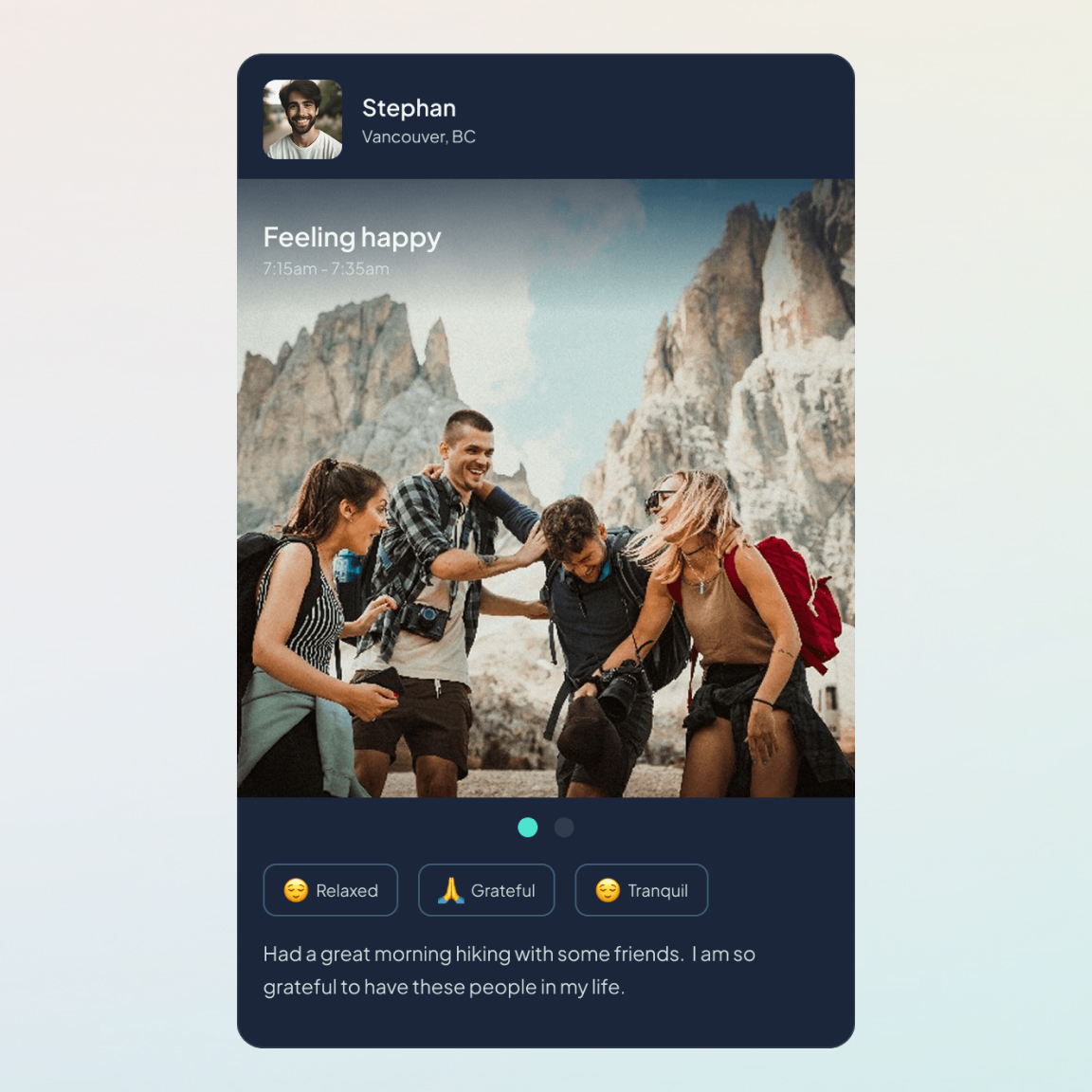Cens:ai Mobile App Design
Cens:ai (pronounced “sen-say”) is the flagship product for Evolve Biologix. It’s an iOS app that works in conjunction with a wearable heart rate sensor to measure heart coherence and stress levels. The purpose is to help users understand how external factors affect their emotions, stresses and mental performance.
My Role
As Head of Design, I led a strategic UX overhaul, reimagining the app from a simple HRV monitor into a guided experience that empowers users to turn biometric insights into intentional daily actions. I also planned and executed a friends-and-family beta to validate the experience ahead of the App Store launch in early 2025.


